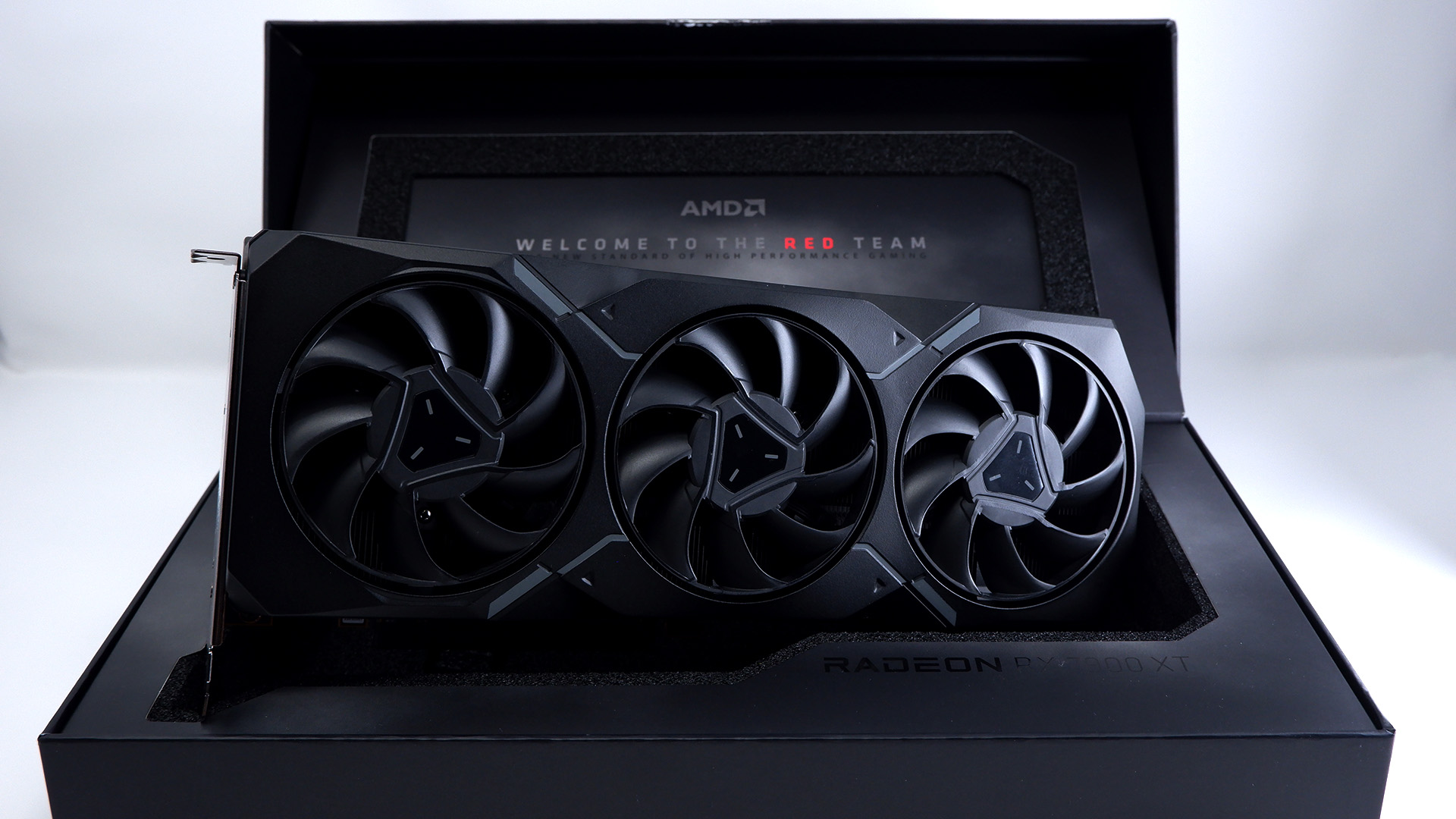AMD claims 'demand for Radeon is strong' but won't say exactly how strong
Radeon GPUs offset a dip in console chip sales, but probably not by much...

AMD has announced its numbers for 2023 and generally things look good. We won't get into the weeds on the financials, but aside from AMD increasing its expectations of AI chip sales from $2 billion to $3.5 billion for 2024, the most interesting tidbit was that Radeon gaming GPUs sales are up. The problem is that AMD won't say by how much.
AMD says that gaming revenue dropped by 17% in 2023 versus 2022. But that's entirely down to slowing sales of games consoles, primarily the Sony PS5 and Microsoft Xbox Series X and S, all of which are powered by AMD chips and are now beginning to age.
According to AMD's CEO Lisa Su (via Motley Fool), that declining console business, "was partially offset by increased sales of Radeon GPUs. In Gaming Graphics, revenue grew both year over year and sequentially, driven by strong demand in the channel for both our Radeon 6000 and Radeon 7000 series GPUs."
But she didn't say by how much. Without being overly cynical, we suspect that's because growth was modest. AMD would surely show off about the specifics, otherwise. Indeed, were the growth in Radeon sales fairly spectacular, you might expect it to entirely offset the dip in console silicon sales. But it hasn't. So it very likely isn't.
Overall, AMD's combined console and Radeon revenues for 2023 added up to $6.2 billion, so just behind the $6.5 billion it generated from selling data center CPUs and GPUs in 2023.
Nvidia hasn't released its most recent figures, but going by existing trends it will have gaming revenues of a little under $10 billion for 2023. More than AMD, then, but not on a dramatically different scale, which is perhaps surprising given the mind share that Nvidia possesses, particularly in PC gaming hardware.
Of course, Nvidia's overall revenues now look pretty spectacular thanks to the recent AI boom. The company has gone from quarterly revenues of $6 billion 18 months ago to $18 billion in its most recent reported quarter. AMD, meanwhile, reported just under $23 billion for the whole of 2023.
Keep up to date with the most important stories and the best deals, as picked by the PC Gamer team.

Best CPU for gaming: The top chips from Intel and AMD.
Best gaming motherboard: The right boards.
Best graphics card: Your perfect pixel-pusher awaits.
Best SSD for gaming: Get into the game ahead of the rest.
And yet Nvidia still isn't operating on a dramatically different scale from Nvidia. It's not like Nvidia is taking in $100 billion to AMD's $1 billion, they are companies of broadly comparable scale. But somehow AMD's graphics division still seems to be suffering from small-company mentality, with its Radeon GPUs always playing technological catch up to Nvidia's GeForce chips rather than investing heavily and at least attempting to be the best.
Is that a hangover from when AMD's graphics division was a separate company known as ATI? Maybe it's because AMD as a company spent the better part of a decade nearly going bust and that makes it reluctant to take risks and invest heavily.
Whatever, we'd certainly like to see AMD push harder with its Radeon graphics technology. Unfortunately, current rumours suggest that its next-gen RDNA 4 GPUs, likely to be branded Radeon RX 8000, aren't even going to attempt to take on Nvidia at the high end. So we can't see AMD's approach changing any time soon, more's the pity.

Jeremy has been writing about technology and PCs since the 90nm Netburst era (Google it!) and enjoys nothing more than a serious dissertation on the finer points of monitor input lag and overshoot followed by a forensic examination of advanced lithography. Or maybe he just likes machines that go “ping!” He also has a thing for tennis and cars.

